They detect whether a car seat is occupied or vacant, prevent cranes from carrying too heavy loads, and they ensure a uniform material density in dishwasher tabs or the same pressure cycle on the component to be formed in presses: force transducers. The types of force transducers are as diverse as their areas of application. However, the principle according to which they function is always similar.
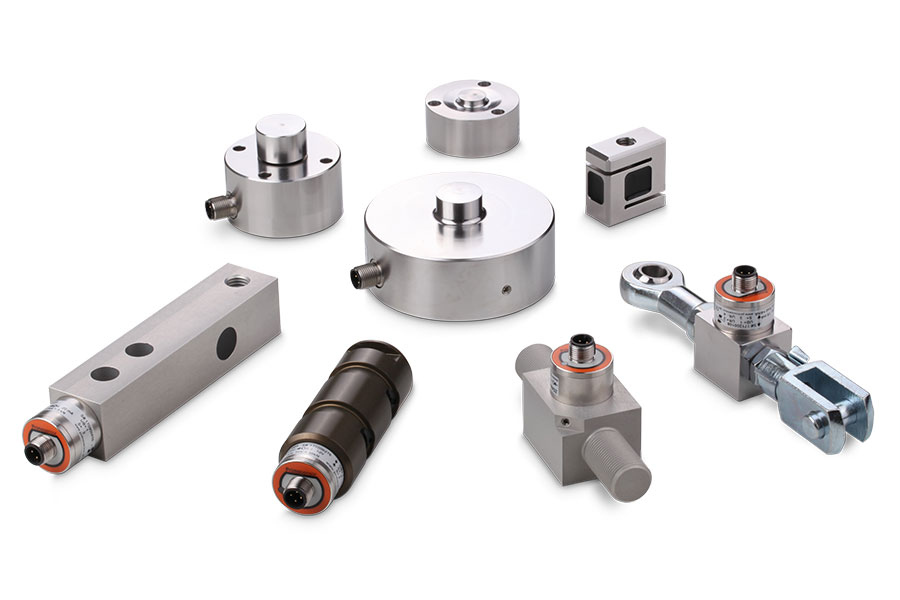

It is not by chance that force transducers are also very commonly called force sensors. This is because they consist of a sensor that measures forces and converts them into an electrical signal. Accuracy is usually a secondary criterion. The deviations are typically in the range of 0.05 to 2 percent. Accordingly, it is often not a question of how great the force applied on the sensor is exactly – but rather that it does not exceed or fall below a specified value. It is different with load cells, which are often mentioned in the same breath as force transducers: Thus, load cells differ from force sensors primarily by having a significantly higher accuracy, an unamplified standardised output signal and the specification of the nominal load in a weight unit.
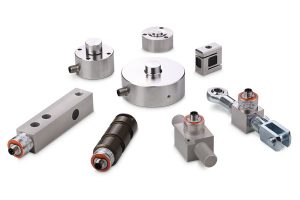
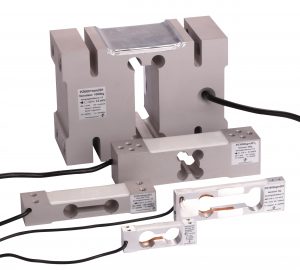
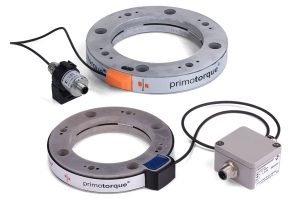
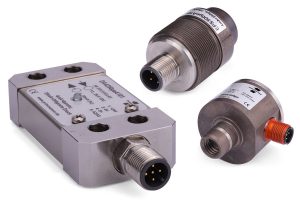
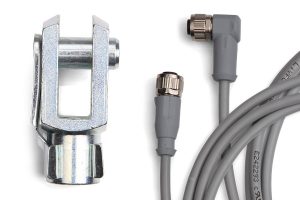
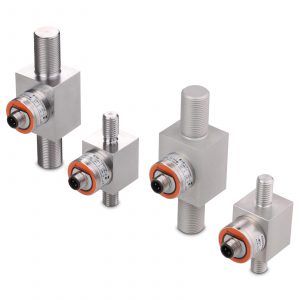
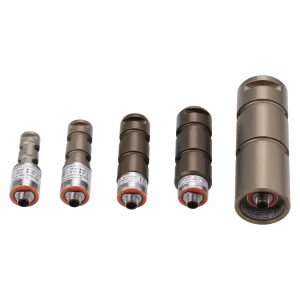
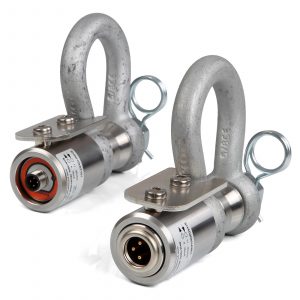
The geometries of the sensors and their mechanical connection to the machine can be very individual. The electrical connection to the machine control, on the other hand, is based on standards. Thus, the sensors are mostly equipped with output signals that are widely used in the industry, such as 0…10 V or 4…20 mA or digital interfaces such as ProfiNet or CAN bus.
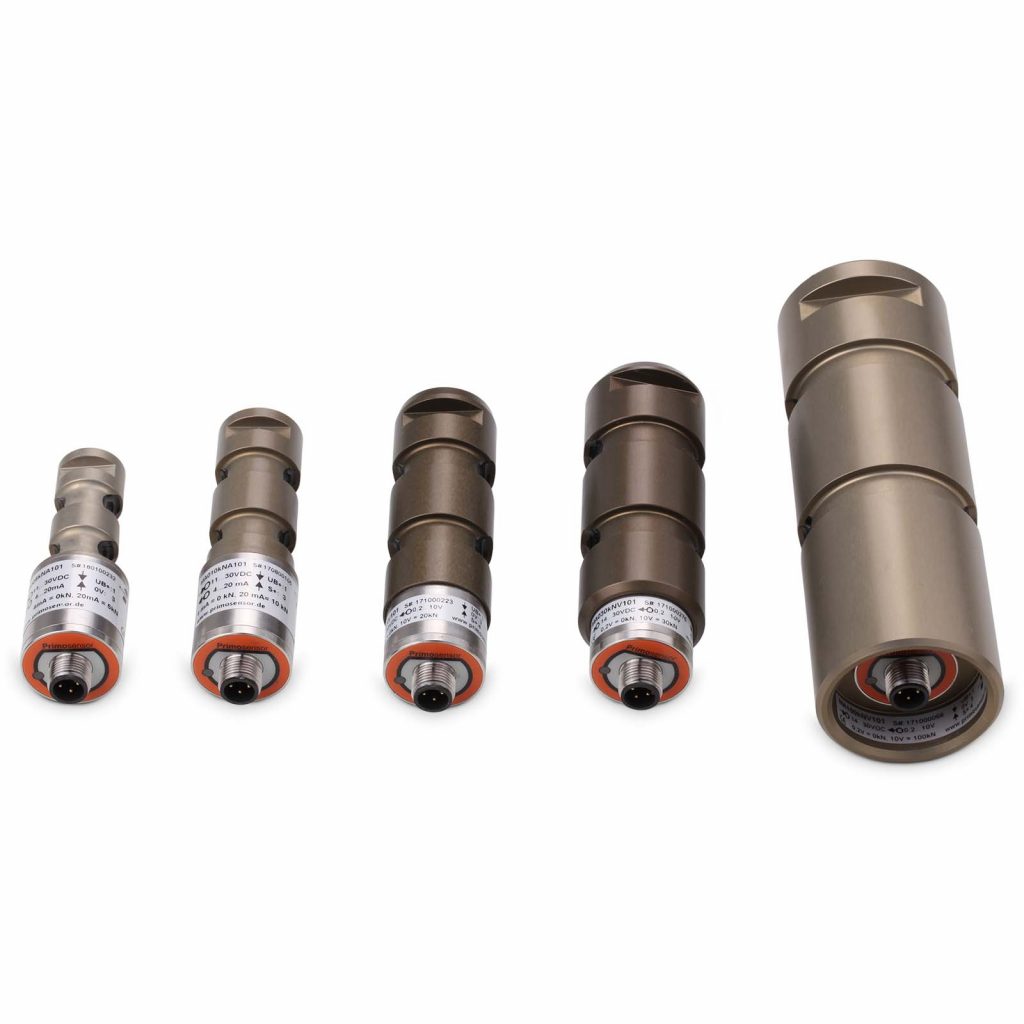
There are different types of force transducers.
A typical field of application for force transducers is lifting devices, i.e. all devices that lift and move loads in a free-floating manner. These include cranes, lifting platforms, lifting bridges or wire rope hoists. Overloading a hoist can cause damage to the lifting device, the loads being moved and, in the worst case, personal injury. Force sensors prevent this, or at least significantly reduce these dangers. Typical force sensors used in hoists are load shackles, tension links and load pins.
Nowadays, force transducers are also indispensable in numerous manufacturing processes. There, they ensure that the manufactured products have a consistently high quality and that the processes run constantly. One example is joining technology, which involves permanently joining two or more components together. Whenever rivets, weld seams, screws, press-fit or crimp connections hold parts together, a predefined pressure force is required to guarantee a stable connection and thus a high-quality end product. Force sensors monitor and control the pressure force that acts on the individual parts during the manufacturing process. Of course, this also plays an important role in other manufacturing processes, such as in the chemical industry when pressing dishwasher tablets, briquettes or tablets, so that all pressed products of one and the same type end up with the same consistency.
The measured data can be stored and archived to document the process. This makes it easy to control and reproduce processes.
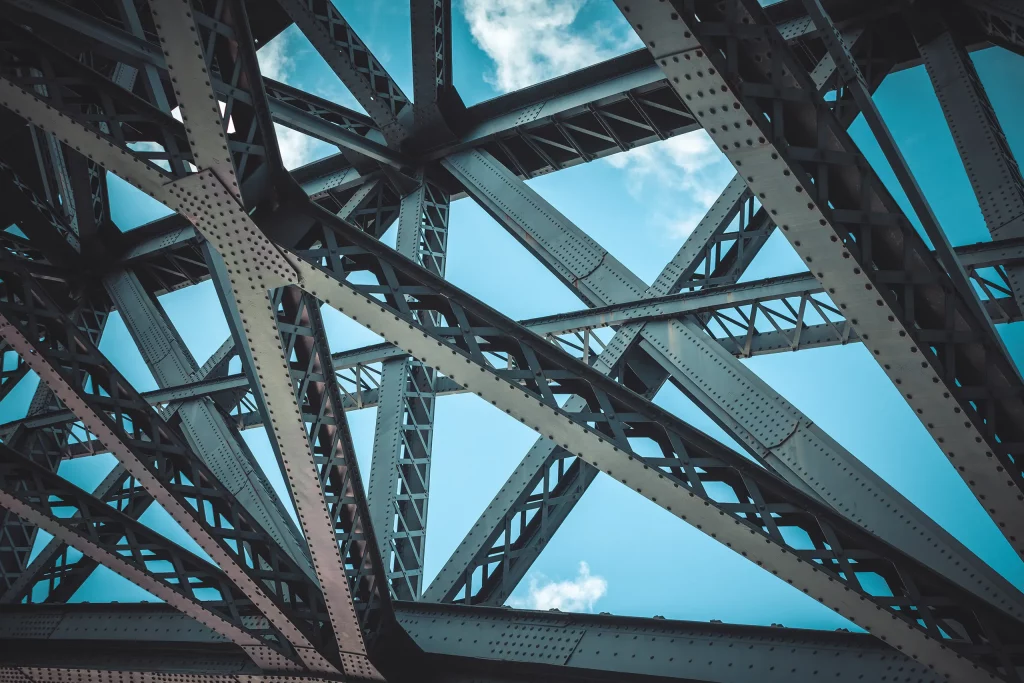
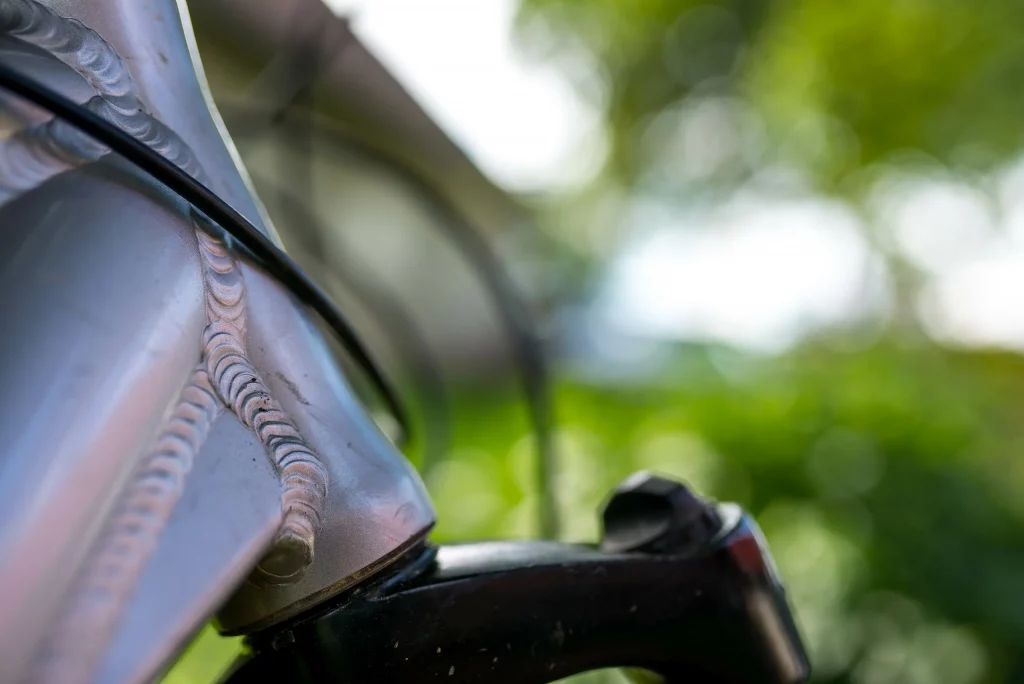
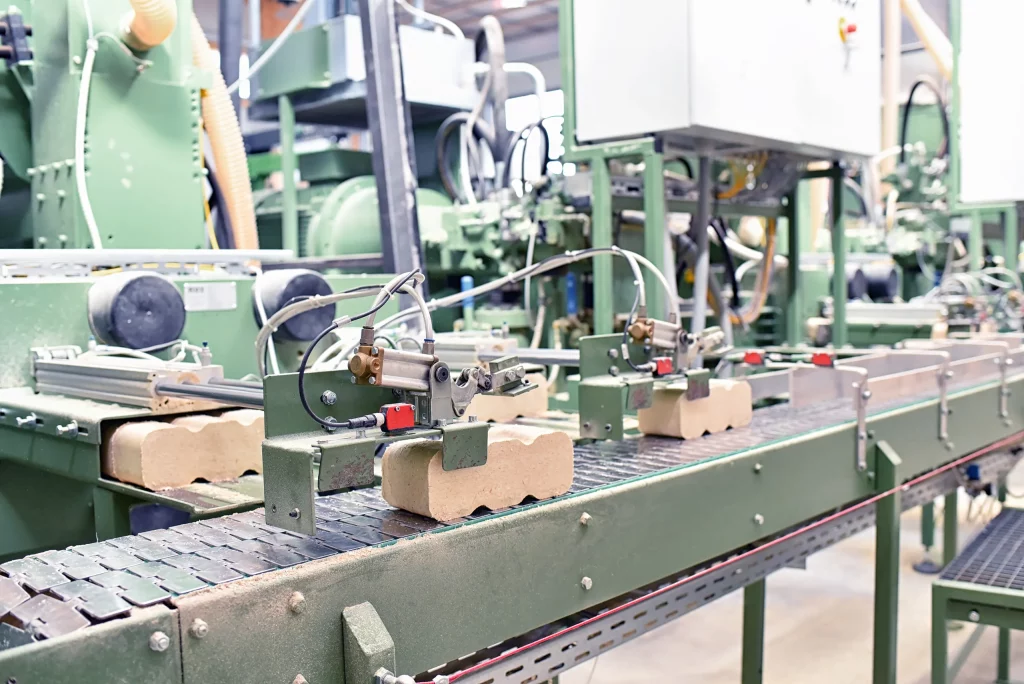

The range of possible applications for force sensors is constantly growing – especially in an increasingly automated world. They are used by control systems in motor vehicles, for example, to detect the occupancy of seats or the closing forces of windows and doors. Robots use force sensors to perceive touches or obstacles. And active prosthetics in the field of orthopaedics also have integrated force sensors.
Primosensor meets these challenges and develops for or together with customers new, optimised solutions for measuring forces wherever this is needed.
Are you looking for the perfect force transducer? We would be happy to search for the right force transducer in our range or advise you on individual solutions.
A component’s functional safety is a vital product feature in the construction of machines and plants. It requires extensive analysis and documentation, as early as during the development and construction stage. This allows us to determine the probability of failure, which is then categorised in accordance with the safety standards EN 13849 and EN 61508.
A component’s probability of failure and other indicators derived from that probability are called safety data.
Safety data sheets in accordance with safety standards EN 13849 (PL) or EN 61508 (SIL) are available for all our force transducers. To improve safety, our force transducers are also available in a redundant design.
Learn more:
Primosensor GmbH
Lagerstraße 11
64807 Dieburg / Germany
Phone: +49 6071 63467-50
Fax: +49 6071 63467-60
info@primosensor.de
Call us or use the contact form. We will contact you.